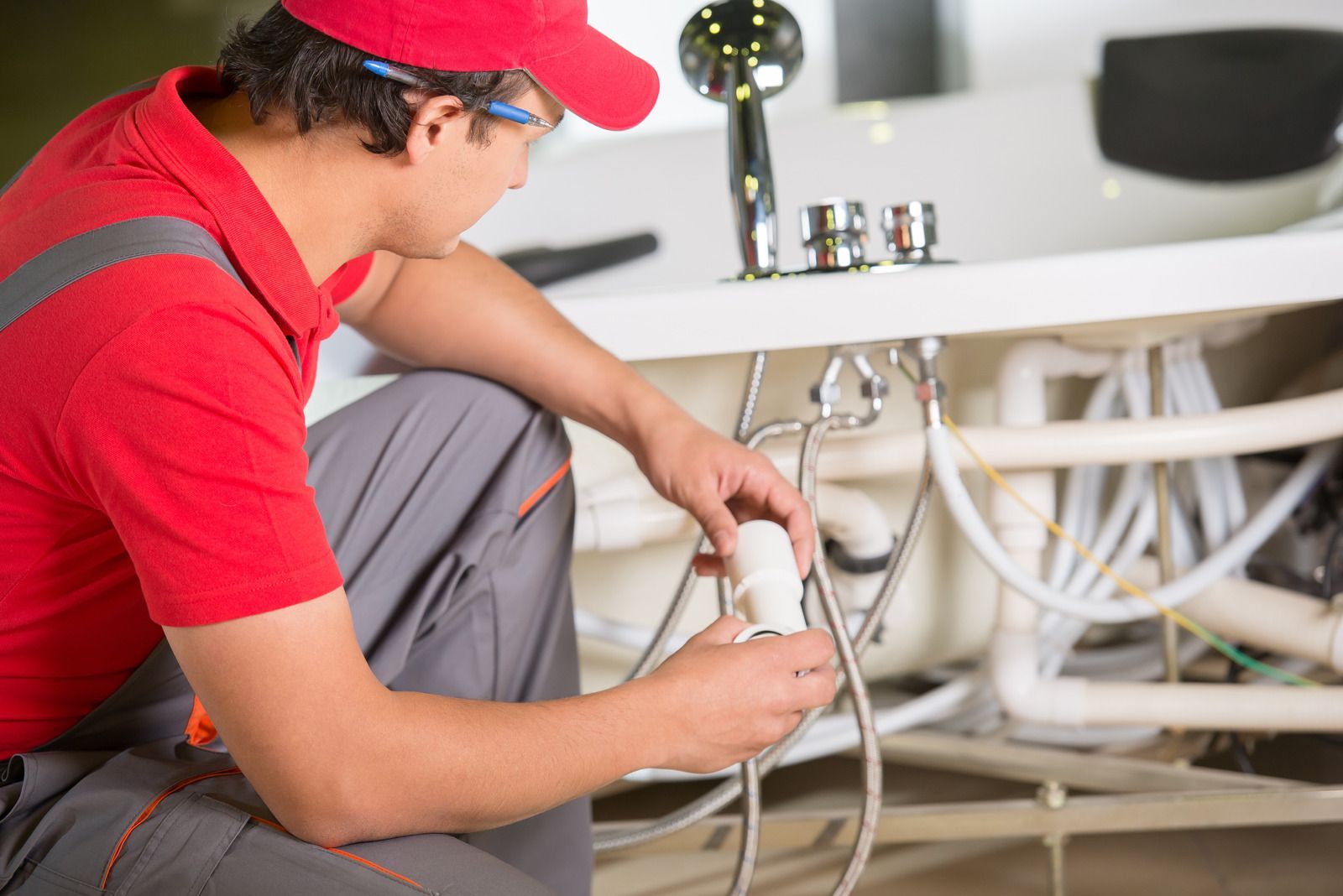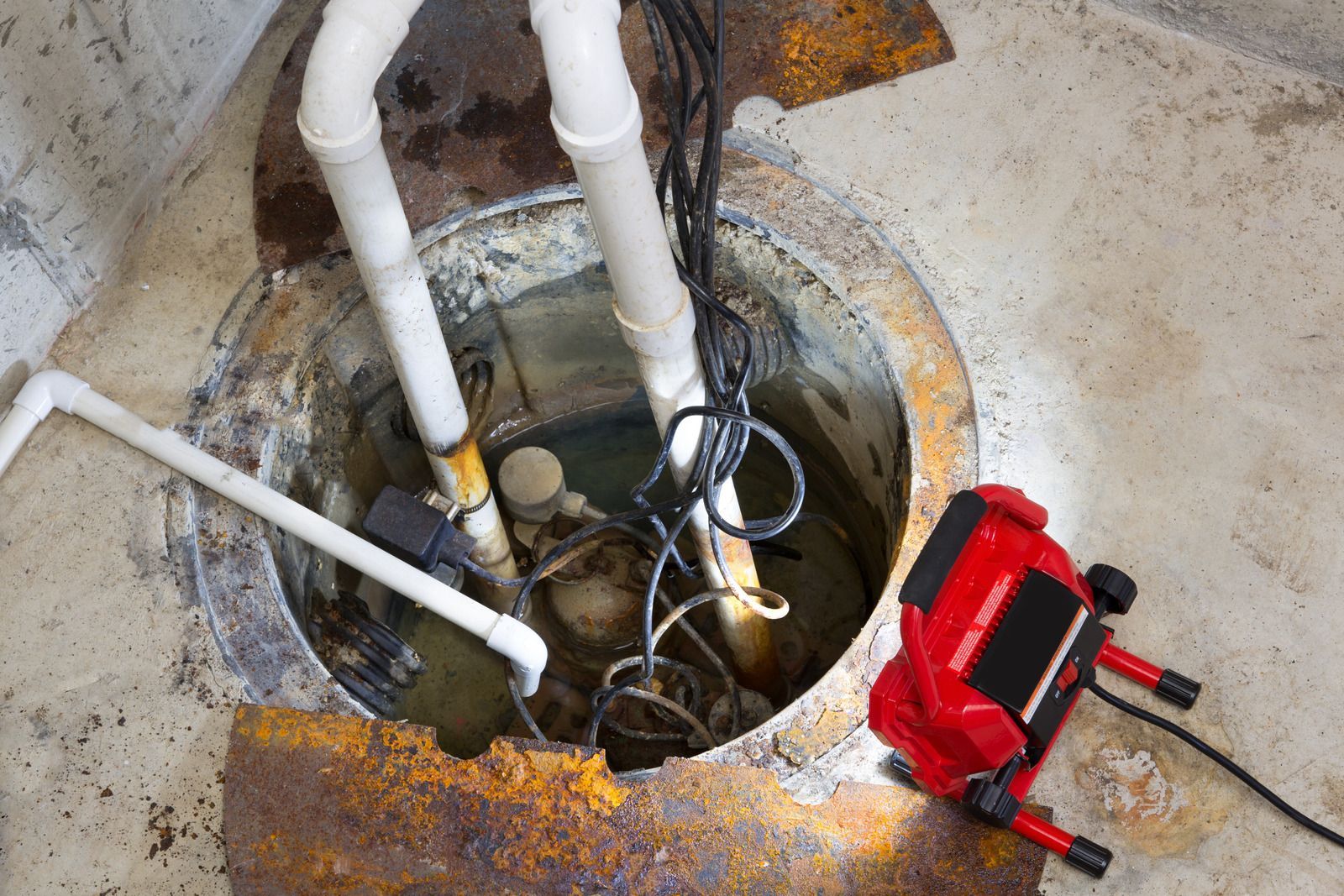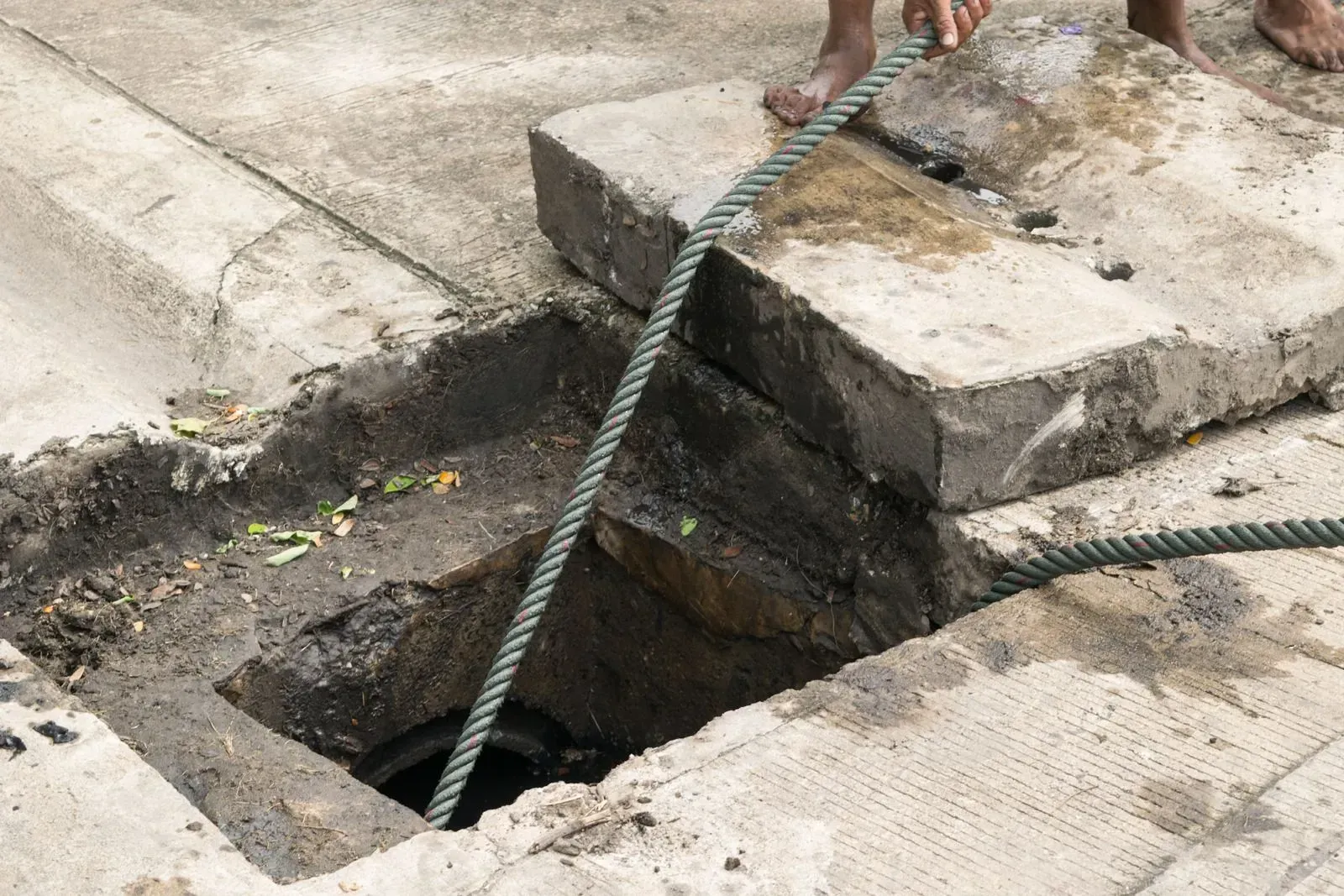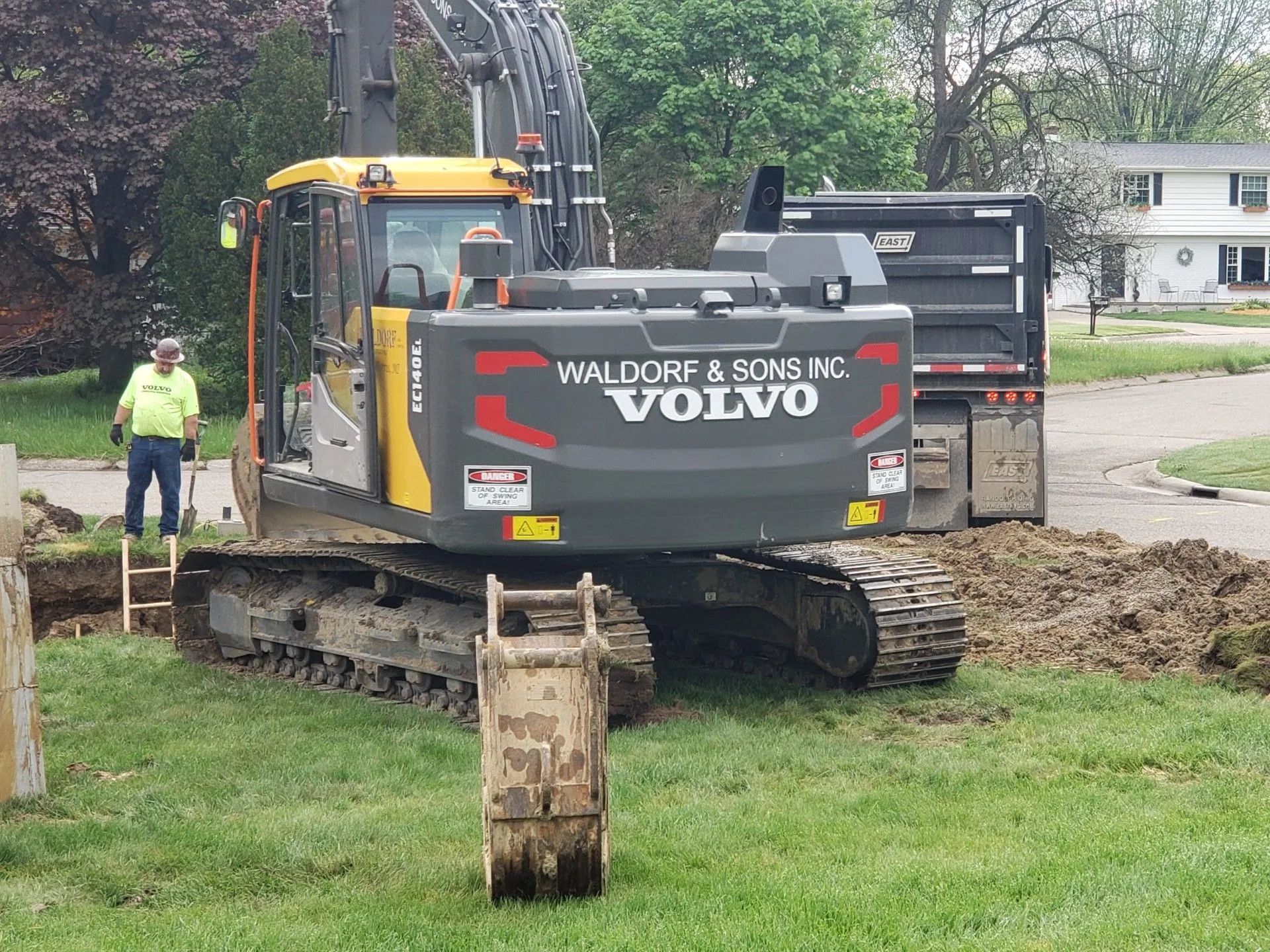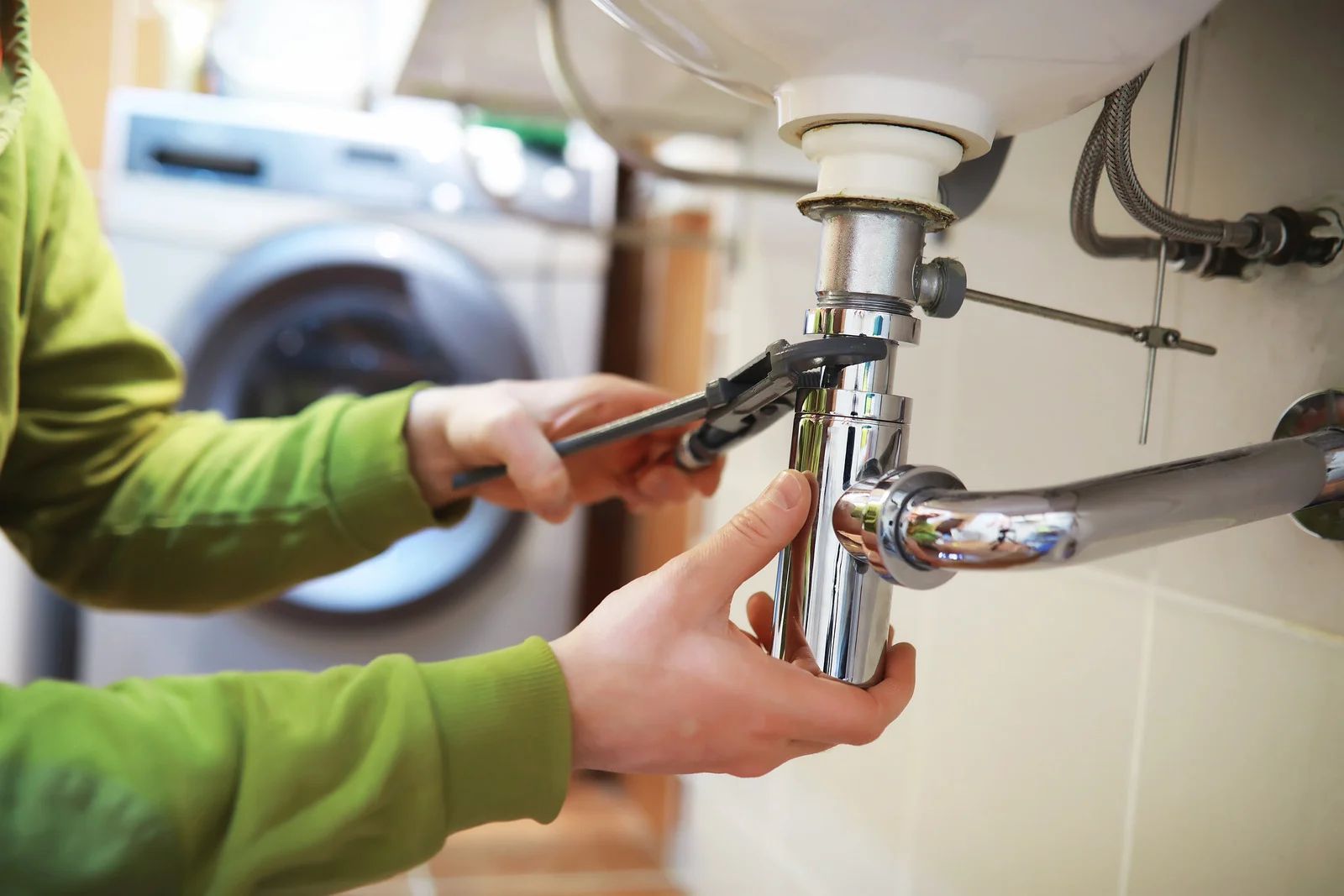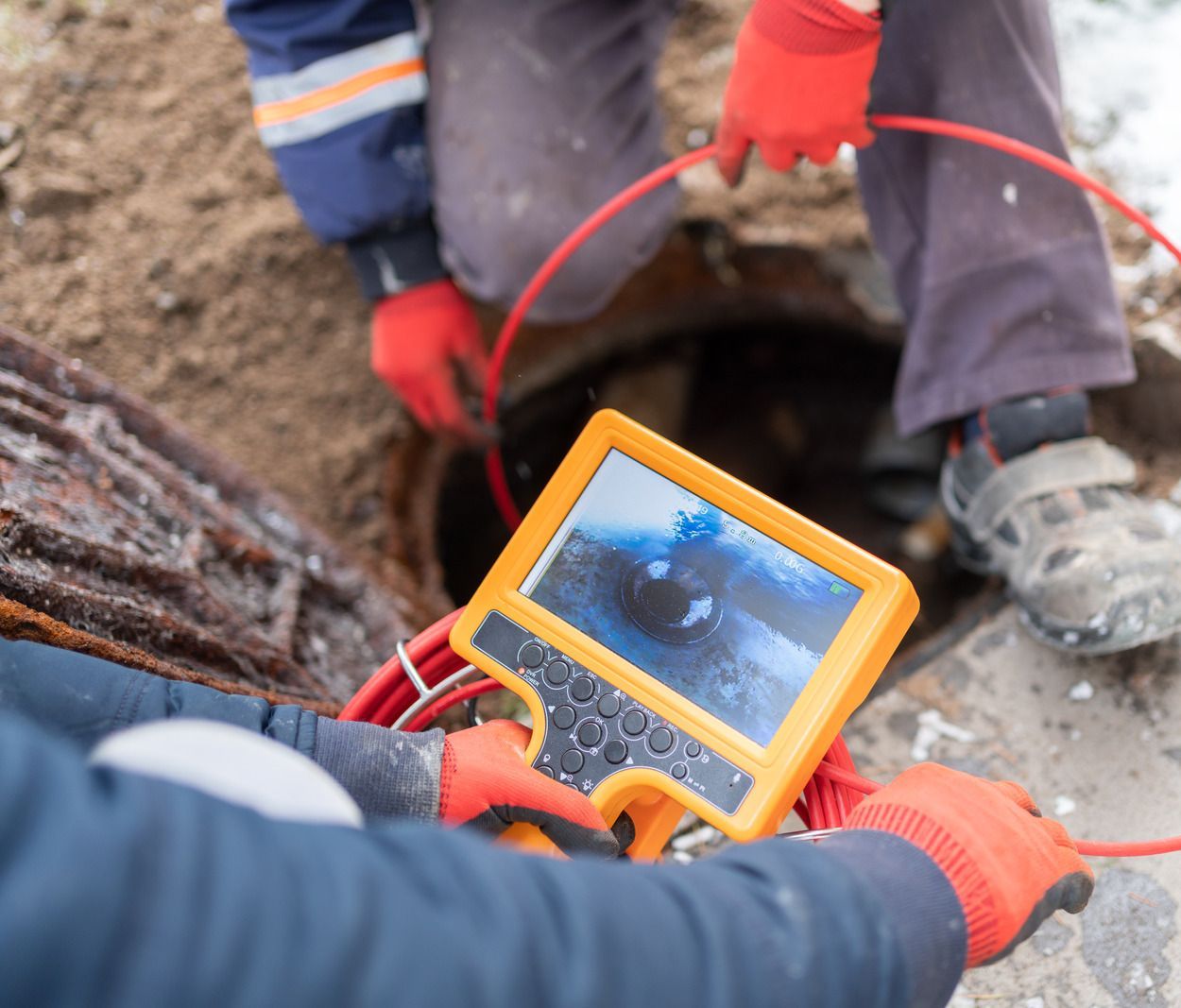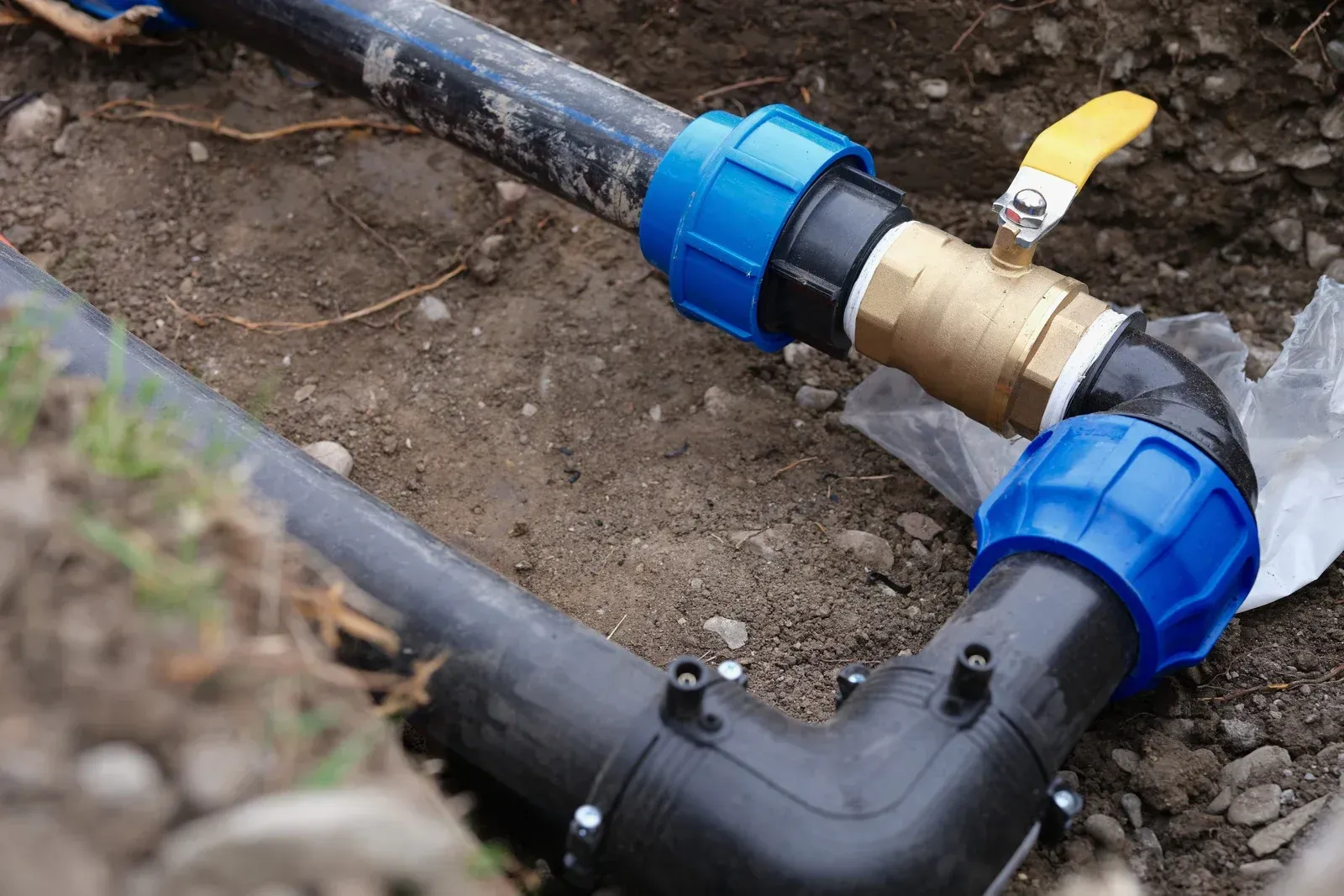The Importance of Sump Pumps in Protecting Your Basement from Flooding
Basement flooding is a serious issue that can lead to structural damage, mold growth, and costly repairs. Homeowners who live in areas prone to heavy rainfall or high groundwater levels are especially at risk. One of the most effective ways to safeguard a basement from flooding is by installing a sump pump. A sump pump helps keep water out of your home by redirecting excess moisture away from the foundation. Understanding how a sump pump works and why it is essential can help homeowners prevent costly water damage and maintain a dry, healthy basement.
How a Sump Pump Works
A sump pump is typically installed in the lowest part of a basement or crawl space, where water is most likely to collect. The pump sits in a specially designed pit known as a sump basin. When water levels rise to a certain point, the pump automatically activates and begins to channel the water away from the home through a discharge pipe. This prevents standing water from accumulating and keeps the basement dry. Some sump pumps operate with electricity, while others have battery backup systems to ensure functionality during power outages.
The Risks of Basement Flooding
Without a sump pump, a basement can quickly become overwhelmed with water during a storm or due to rising groundwater. Flooding can weaken the foundation, cause extensive property damage, and create an environment that encourages mold and mildew growth. Even minor water intrusion can lead to serious long-term issues, such as wood rot and corrosion. Investing in a sump pump can significantly reduce the risks associated with basement flooding and save homeowners thousands of dollars in repair costs.
Benefits of Installing a Sump Pump
A sump pump provides multiple benefits beyond just preventing water damage. One major advantage is that it helps to maintain a stable foundation by reducing hydrostatic pressure caused by excess groundwater. By keeping moisture levels under control, a sump pump can also improve indoor air quality by preventing mold spores from spreading. Additionally, a dry basement allows homeowners to utilize their lower-level spaces more effectively, whether for storage, recreation, or additional living space.
Choosing the Right Sump Pump
There are two main types of sump pumps: submersible and pedestal models. Submersible sump pumps are installed inside the sump pit and operate quietly, making them ideal for finished basements. Pedestal sump pumps, on the other hand, have motors positioned above the sump pit and are often more cost-effective. Homeowners should consider factors such as pump capacity, power source, and additional features like alarms or battery backups when selecting the right sump pump for their needs. Consulting with a professional plumber can ensure the right choice is made based on the home’s specific conditions.
A sump pump is a vital defense against basement flooding, providing homeowners with peace of mind during heavy rainfall or rapid snowmelt. By installing a sump pump, homeowners can protect their property from water damage, foundation issues, and mold growth. Regular maintenance and proper installation are key to ensuring the system works efficiently when needed most.
Sinks & Sewers LLC
is a trusted plumbing company serving Columbiaville and Otisville, Michigan, with over 20
years of experience. Specializing in sump pump installation and maintenance, we help homeowners safeguard their basements from flooding. Our expert team is committed to providing reliable, high-quality plumbing solutions tailored to your needs. Contact us today for
professional sump pump services.
